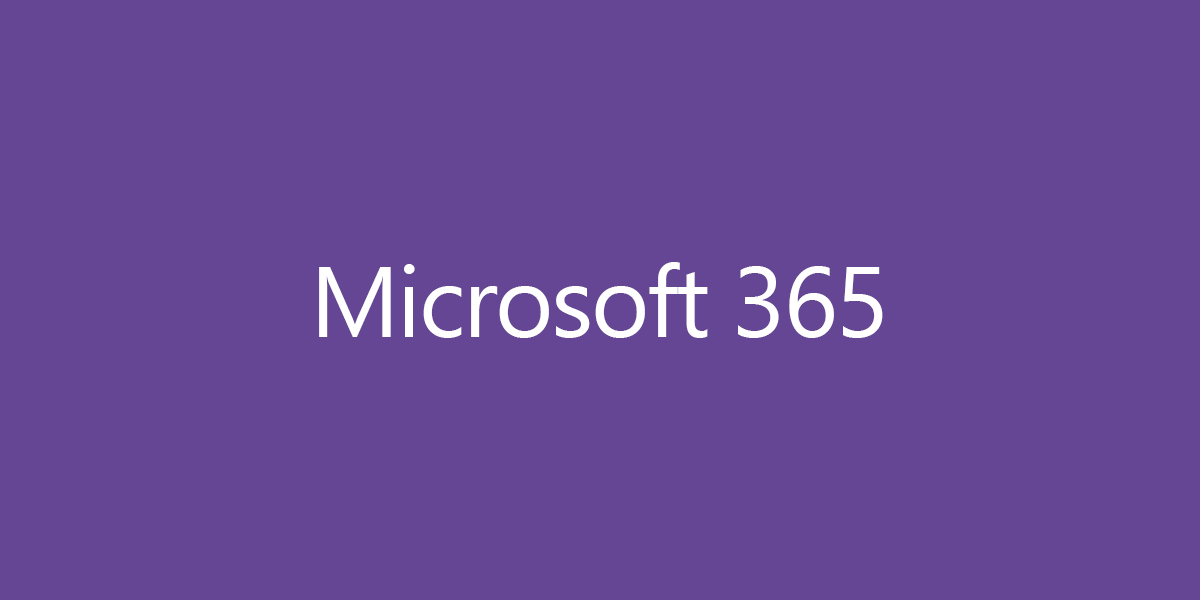How to Block Senders in Microsoft 365
Clicking on a spam message can cause many problems in an organization. To stop unwanted senders from sending spam emails to your organization, you need to block them. Microsoft has Exchange Online Protection (EOP) as its hygiene solution to combat…
